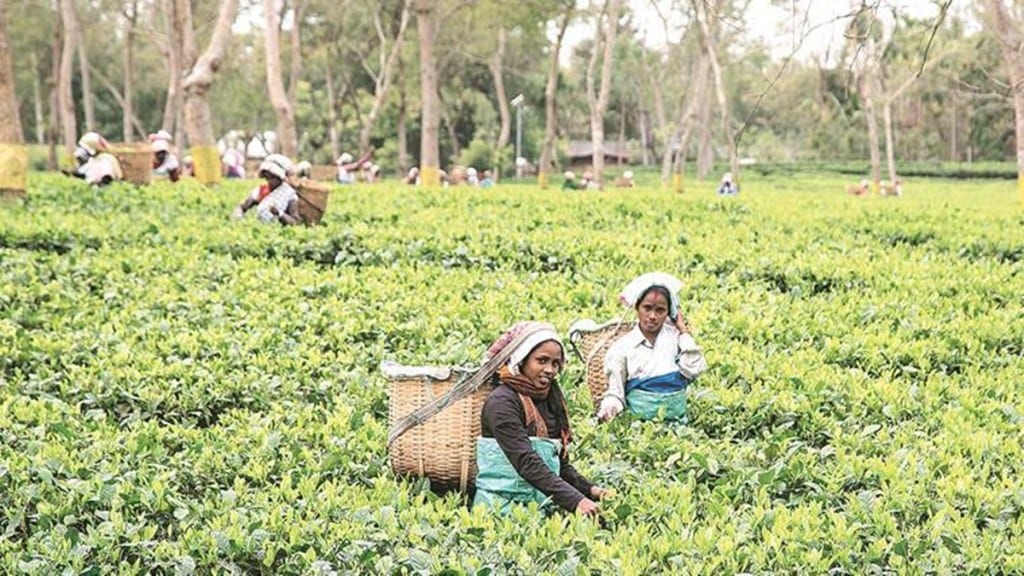Darjeeling tea industry has heaved a sigh of relief as sudden showers in some parts of the hills have broken a prolonged dry spell and the prospects of high-value first flush crop have now improved.
Tea planters were earlier worried about the prospects of the new season first flush production due to a “no rain” situation that lasted over four months. Darjeeling Tea depends on rains for both quantity and quality of first flush, which is special and fetches the highest price on the market.
“Some parts of the Darjeeling hills have received rains. Whichever gardens have received rainfall, they will benefit in a major way as the dry spell has been broken. The prospects of the first flush crop have now improved. But more rain is required to sustain the crucial April crop,” Indian Tea Exporters Association chairman Anshuman Kanoria told FE. “The areas which have not received rains continue to pray for an early rainfall,” Kanoria said.
Also read: Atmanirbhar Bharat is not a protectionist measure: FM Nirmala Sitharaman
Darjeeling tea growers earlier feared that they might see a 10-12% fall in the first flush production if the dry spell continued. The first flush, which marks the start of a new season after winter, contributes around 20-25% of the annual tea production in Darjeeling.
“Darjeeling tea production stood at 0.3 million kgs in March last year, while in 2021 the March production was 0.16 million kgs,” said J Kalyansundaram, secretary, Calcutta Tea Traders Association.
Around 60-65% of the first flush tea in volume terms is exported annually. Total export of Darjeeling tea last year stood at over 3 million kgs. About 45-50% of the annual tea production generally gets exported.
Last year, the Darjeeling tea industry faced a double whammy, with both the production of the world-famous aromatic tea and the price realisation from lucrative world markets significantly lower than the year-ago levels. Darjeeling tea production stood at 6.6 million kgs in 2022.
In fact, Darjeeling’s tea industry has been witnessing a gradual fall in production over the last more than a decade. In 2011, tea production was 9.14 million kgs, while it was 8.13 million kgs in 2016. It came down to 7.01 million kgs in 2021.
The production has been hit by climate change, labour issues, lower productivity and profitability, according to industry insiders. Facing financial crises, many planters have sold gardens in recent years.
Also read: Services PMI climbs to 12-year high in February
The demand for this premium tea, the first product to get a geographical identification (GI) tag in India, was weak in Europe and Japan, the two large overseas markets. Some overseas markets purchase cheap Nepal tea.
In the domestic market too, the aromatic tea is facing competition from the Nepal tea. Traders are selling the variety from the neighbouring country, which is up to 50% cheaper compared with the Darjeeling variety.
